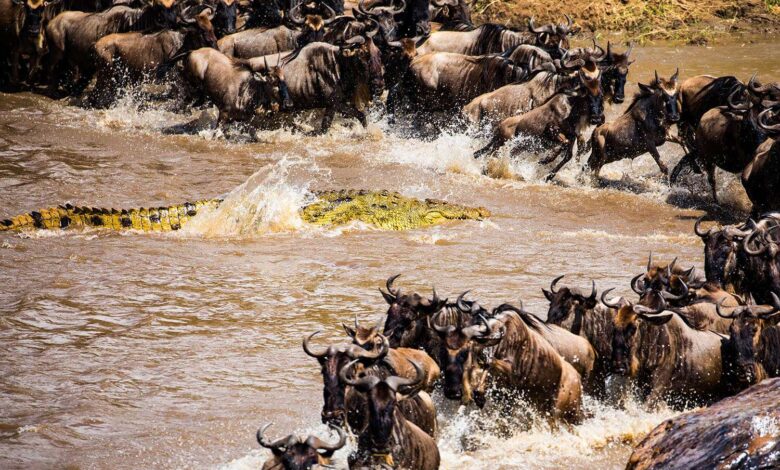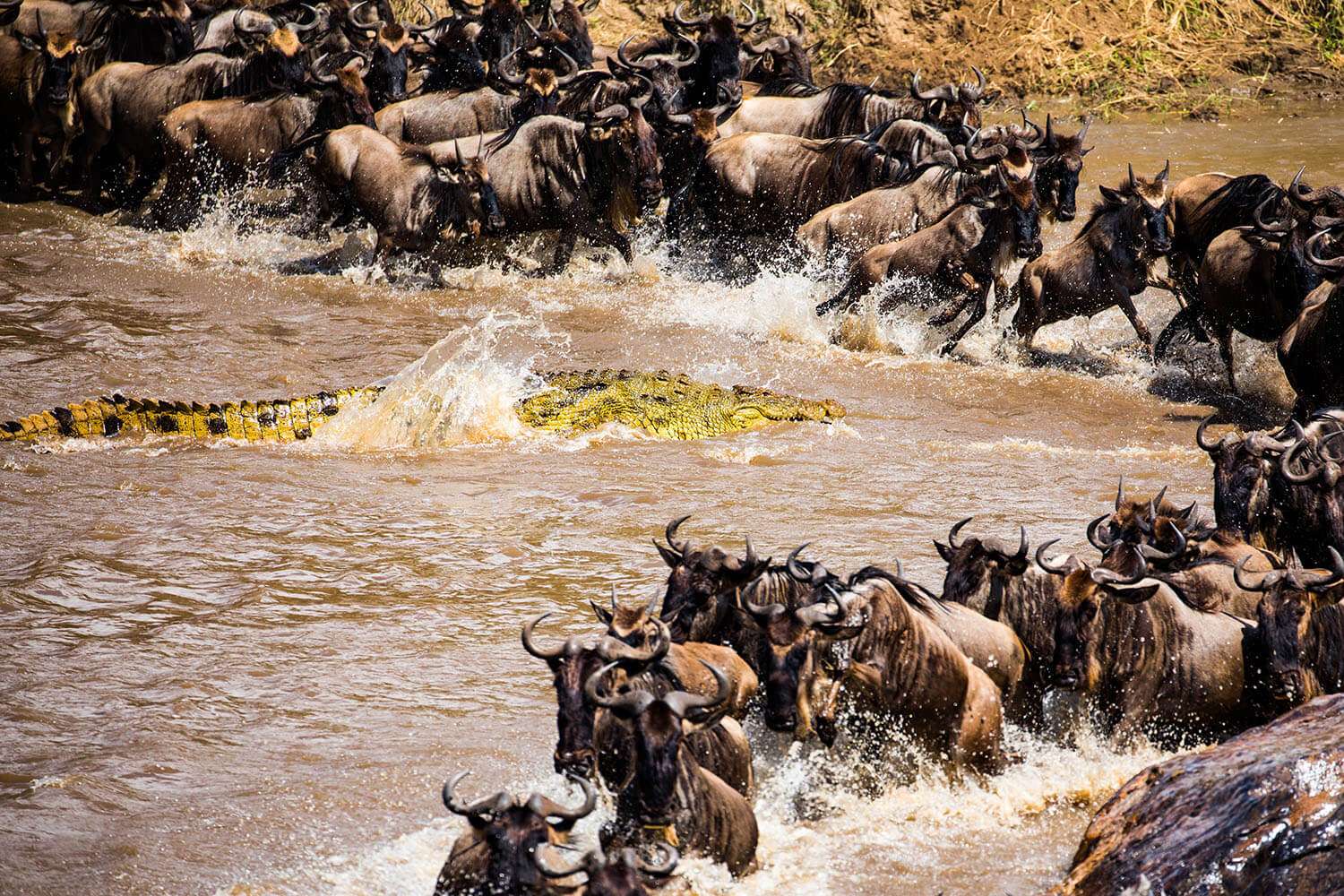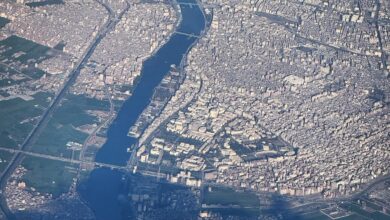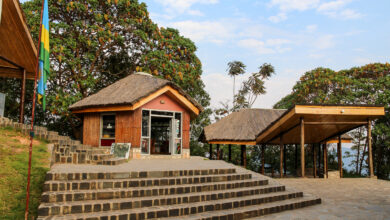The Great Wildebeest Migration: Nature’s Most Spectacular Wildlife Event

Experience the Great Wildebeest Migration, one of nature’s most iconic wildlife spectacles, where millions of wildebeest, zebras, and antelopes journey across East Africa’s Serengeti and Maasai Mara ecosystems.
This breathtaking annual migration showcases the circle of life, with predators in pursuit, dramatic river crossings, and an unending quest for fresh grazing. Discover what makes this event the “Greatest Show on Earth” and how to witness it firsthand.
Overview: What is the Great Wildebeest Migration?
The Great Wildebeest Migration is the largest land-based migration in the world, covering a distance of approximately 800 km (500 miles).
Over 1.5 million wildebeest, accompanied by hundreds of thousands of zebras and other herbivores, travel in a clockwise route through Tanzania’s Serengeti and Kenya’s Maasai Mara. The animals follow seasonal rainfall patterns, constantly searching for fresh grazing.
Why Do Wildebeest Migrate?
The primary motivation behind the migration is the search for food and water. Rainfall dictates the growth of fresh grass, which guides the movement of wildebeest and other herbivores. This dynamic journey ensures the animals’ survival and contributes to the ecosystem’s overall health.
The Great Wildebeest Migration Cycle: Month-by-Month Breakdown
January – Calving Season Begins
The journey starts in the southern Serengeti, where the first rains trigger the movement towards the Ndutu area. Pregnant females arrive to give birth, with Naabi Hill and Lobo being prime spots for observing the herds. Expect to see thousands of newborns taking their first steps, attracting predators like lions and cheetahs.
February – Peak Calving Season
February sees the birth of nearly 500,000 wildebeest calves in just a few weeks, providing ample food for the region’s predators. The southeast Ndutu area, near Lake Masek, becomes a hotspot for dramatic wildlife encounters.
March – Slowing Down in the Southwest Serengeti
The herds move slowly with their newborns through the Ndutu and Kusini regions, giving visitors a chance to experience the migration up close at mobile camps. Expect afternoon rainfalls, which add to the lush scenery.
April – Splintering Herds and Wet Plains
April marks the beginning of the long rains. The herds split into smaller groups and head north, passing Simba Kopje towards Moru. Wildlife sightings remain abundant, with predators active near water sources.
May – Longer Journeys and Action-Packed Days
The calves grow stronger, and the migration picks up pace. By May, the herds cover longer distances, moving from Moru towards Lake Magadi. It’s a prime time for wildlife photographers to capture the spectacle of the migration amid the “long rains.”


June – Mating Season and Spread-Out Herds
June sees the wildebeest spreading across the Serengeti, with the front-runners reaching the Mbalageti River. Expect dramatic scenes as the wildebeest start to form long lines heading north.
July – Crossing the Grumeti River
As the herds reach the western Serengeti, the Grumeti River crossing provides thrilling wildlife viewing. Although the Grumeti does not rival the Mara River in scale, the spectacle is still captivating, with predators lying in wait.
August – The Dramatic Mara River Crossing
The Mara River poses the most dangerous obstacle. Thousands of wildebeest must face the swift currents and lurking crocodiles. The river crossings result in high casualties, creating a dramatic scene filled with adrenaline.
September – Spreading Across the Maasai Mara
After the Mara River, the herds spread throughout Kenya’s Maasai Mara. The plains are filled with grazing animals, and predators are in abundance, making this a prime safari destination.
October – Relaxed Grazing in the Maasai Mara
With the crossing behind them, the wildebeest enjoy the lush grasses of the Mara. This is a good time to observe the migration in a more relaxed setting, as the herds recuperate before heading south.
November – Moving South as the Short Rains Start
The short rains in November trigger the herds to head back towards Tanzania, entering western Loliondo and the Lobo area of the Serengeti. The herds split into smaller groups as they prepare for the next cycle.
December – Returning to the Southern Serengeti
The migration completes its loop, returning to the southern Serengeti in December. The rains rejuvenate the grasses, setting the stage for the next calving season.
Witnessing the Great Wildebeest Migration: Best Viewing Times and Locations
The Serengeti: Tanzania’s Year-Round Wildlife Wonderland
The Serengeti offers excellent viewing opportunities at different points along the migration route. Key locations include the Ndutu region (January-March), the Western Corridor (April-June), and the northern Serengeti (July-October).
The Maasai Mara: Kenya’s Iconic Safari Destination
For dramatic river crossings, the Maasai Mara is unmatched. Plan your visit between July and October for the best chance of witnessing the Mara River crossings.
Challenges of the Great Wildebeest Migration
Predators and the Circle of Life
Predators, including lions, cheetahs, hyenas, and crocodiles, prey on the migrating animals, especially during river crossings and calving seasons.
Natural Obstacles and the Harsh Reality of Survival
River crossings, fast currents, and steep riverbanks cause thousands of deaths annually. The struggle for survival is a central theme of the migration.
Human Impact and Conservation Efforts
Human activities such as agriculture, road construction, and fencing pose threats to the migration. Conservation initiatives are essential to protect this natural wonder for future generations.
Planning Your Safari: Tips for Experiencing the Migration
Choose the Best Time Based on What You Want to See
Plan your trip according to the migration phase, whether calving season, river crossings, or large herds on the move.
Select the Right Accommodation for Accessibility
Choose lodges or mobile camps that offer easy access to the migration, reducing travel time.
Avoid the Crowds with Off-Season or Private Conservancies
Visiting during the rainy season or staying in private conservancies allows for a more exclusive safari experience.
Conclusion: The Greatest Wildlife Show on Earth
The Great Wildebeest Migration is an unparalleled wildlife event, showcasing nature’s beauty and brutality. With proper planning, you can witness the drama and magic unfold up close, gaining an appreciation for the resilience and tenacity of Africa’s wildlife.





